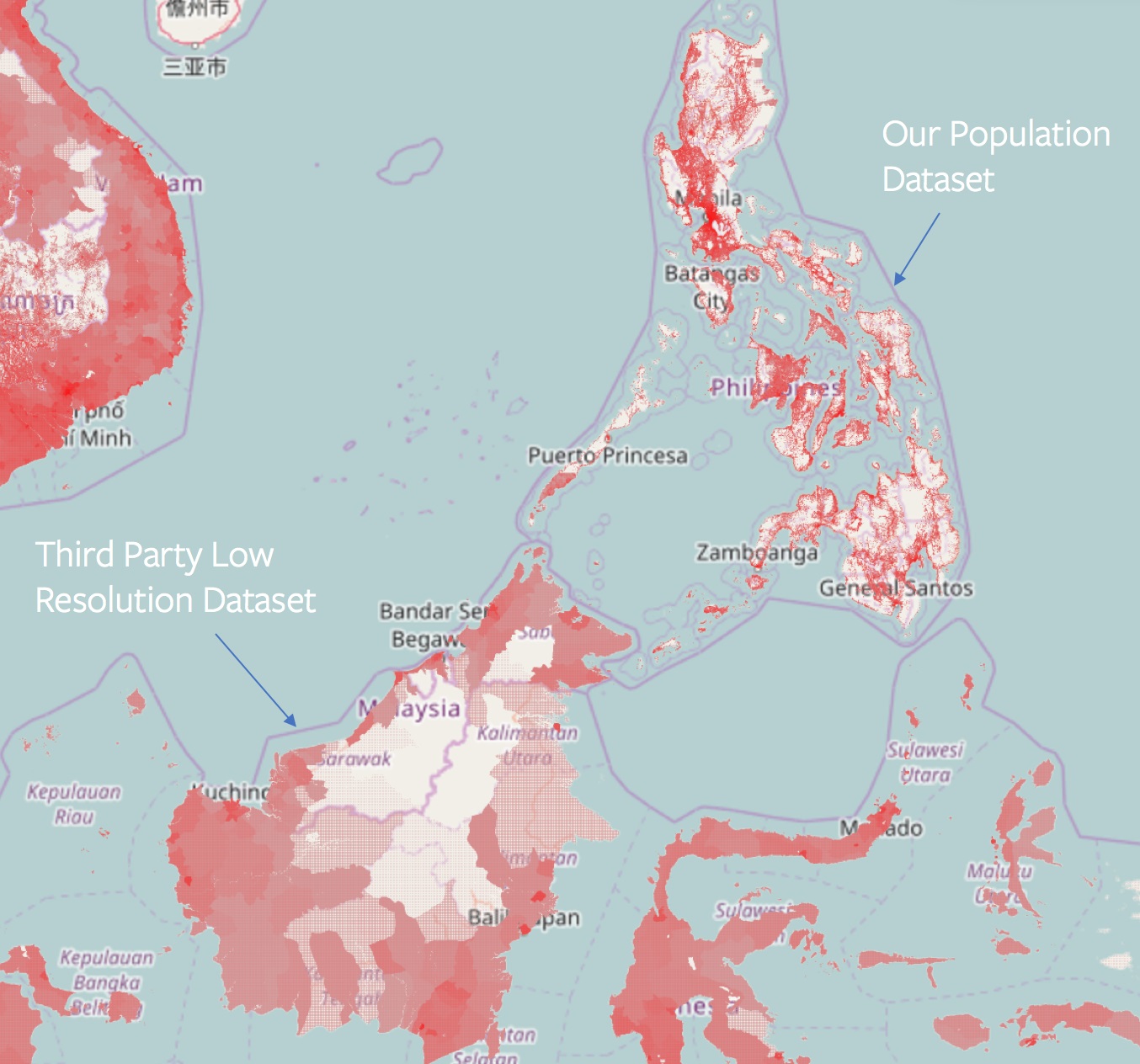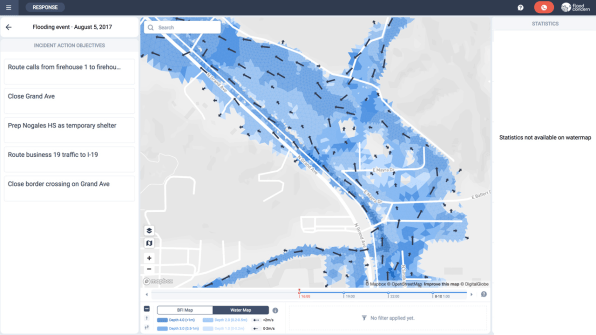LinkedIn: “The World Bank Group and LinkedIn share a commitment to helping workers around the world access opportunities that make good use of their talents and skills. The two organizations have come together to identify new ways that data from LinkedIn can help inform policymakers who seek to boost employment and grow their economies.
This site offers data and automated visuals of industries where LinkedIn data is comprehensive enough to provide an emerging picture. The data complements a wealth of official sources and can offer a more real-time view in some areas particularly for new, rapidly changing digital and technology industries.
The data shared in the first phase of this collaboration focuses on 100+ countries with at least 100,000 LinkedIn members each, distributed across 148 industries and 50,000 skills categories. In the near term, it will help World Bank Group teams and government partners pinpoint ways that developing countries could stimulate growth and expand opportunity, especially as disruptive technologies reshape the economic landscape. As LinkedIn’s membership and digital platforms continue to grow in developing countries, this collaboration will assess the possibility to expand the sectors and countries covered in the next annual update.
This site offers downloadable data, visualizations, and an expanding body of insights and joint research from the World Bank Group and LinkedIn. The data is being made accessible as a public good, though it will be most useful for policy analysts, economists, and researchers….(More)”.


